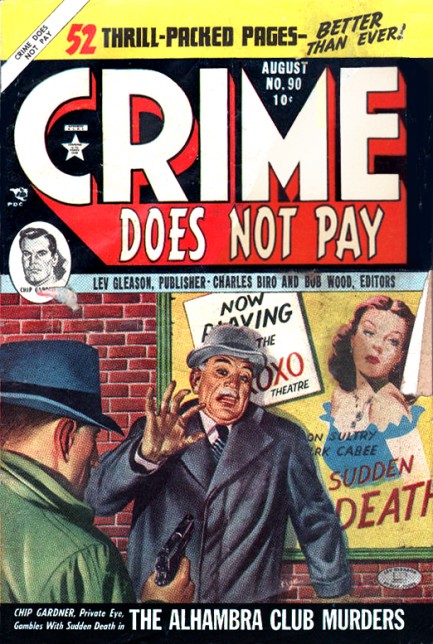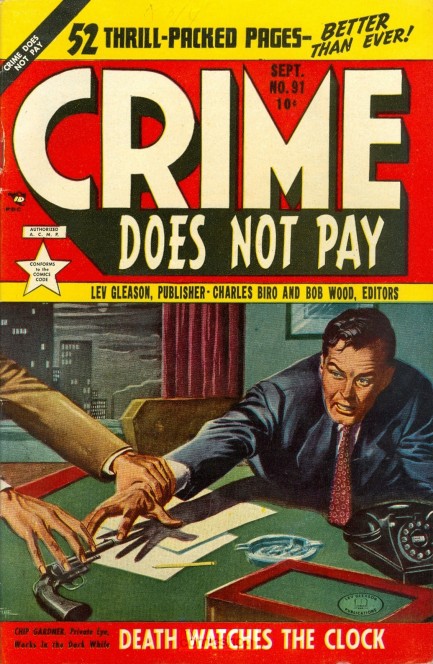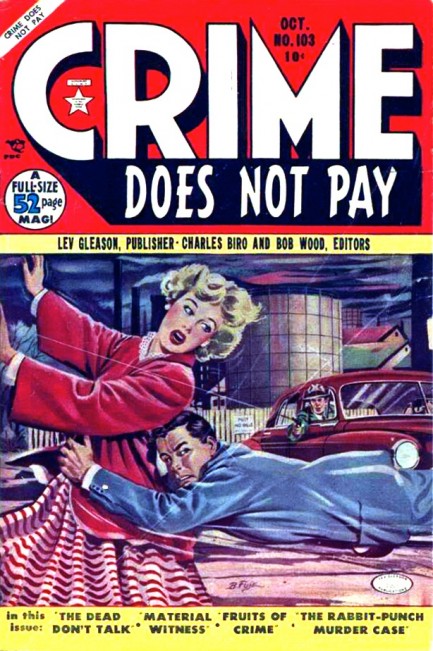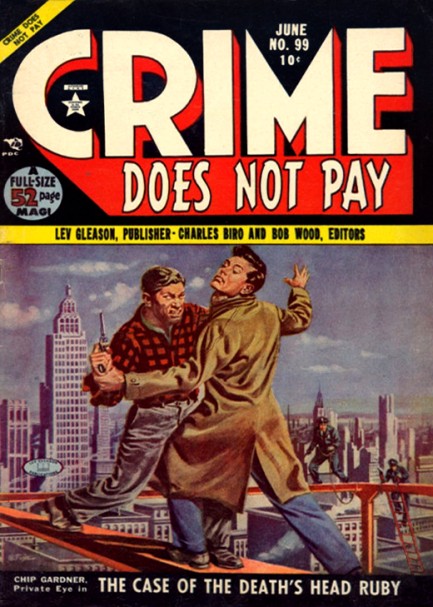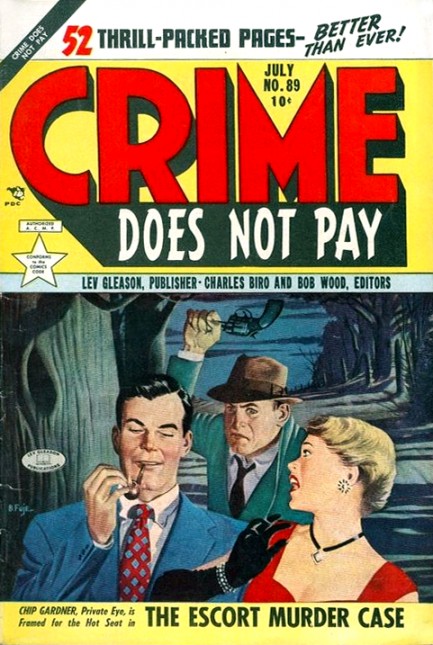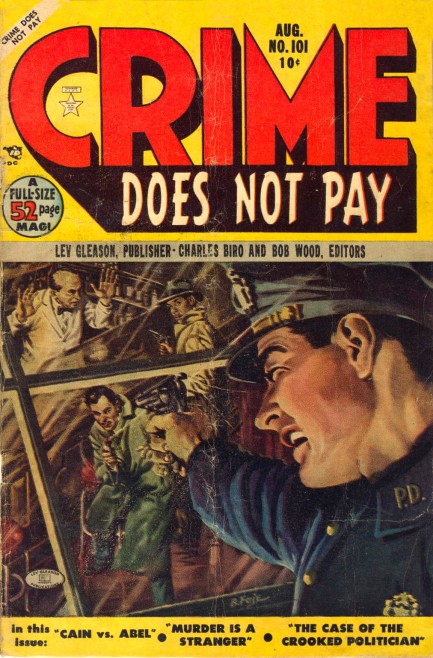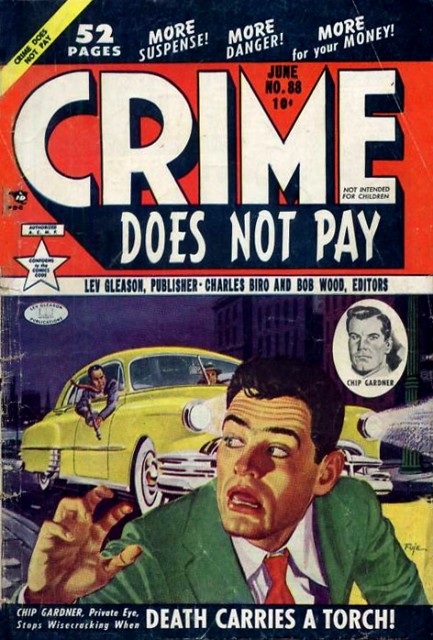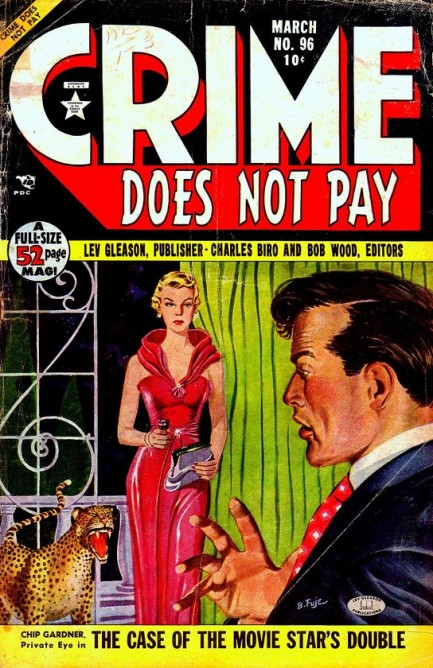| Vintage Pulp | Dec 14 2014 |

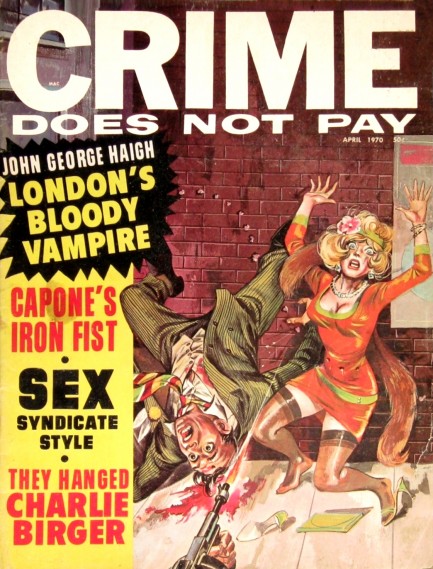
We’re sharing this hyperviolent true crime magazine front because the art resembles that from yesterday’s post of Tom Palmer covers for The Crime Machine. Crime Does Not Pay has no art credits, so we can’t be sure who painted the covers, but we doubt it’s Tom Palmer because, while similar in mood, Crime Does Not Pay is more cartoonish. Artists' styles evolve, of course, and a couple of years separate the two magazines, but we still doubt it's the same guy. We checked every site online that deals in these sorts of publications and none of them had a name. We also have two full issues of Crime Does Not Pay and there are definitely no art credits anywhere inside, and the pieces are unsigned to boot, so we don’t even have a pair of initials or some illegible scrawl to work from. So the above cover art—brilliant and ingenious—remains uncredited. See the other three examples of Crime Does Not Pay here, here, and here.
| Vintage Pulp | Oct 28 2013 |

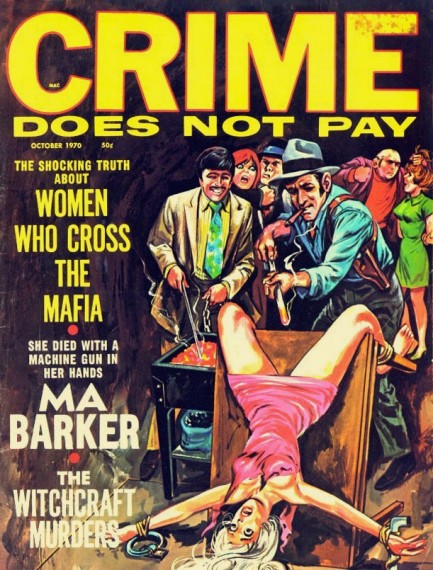
We’ve already shared a couple of issues of Myron Fass’s true crime magazine Crime Does Not Pay. You can see those here and here. This issue is from October 1970 and features yet another hapless victim of diabolical torture. This is probably the most extreme piece we’ve seen from this magazine (notice the two women in the rear awaiting the same treatment) and of course it’s uncredited, but it does resemble Fass’s own work, actually. Crime Does Not Pay had featured regular tabloid-style covers since its launch in 1968, but sometime in late 1969 Fass decided to use the same sort of violent, painted covers that had been appearing on his other imprints like Weird and Terror Tales. These painted issues of Crime Does Not Pay are incredibly rare—so far we’ve seen four. But we’ll keep looking.
| Vintage Pulp | Sep 26 2012 |

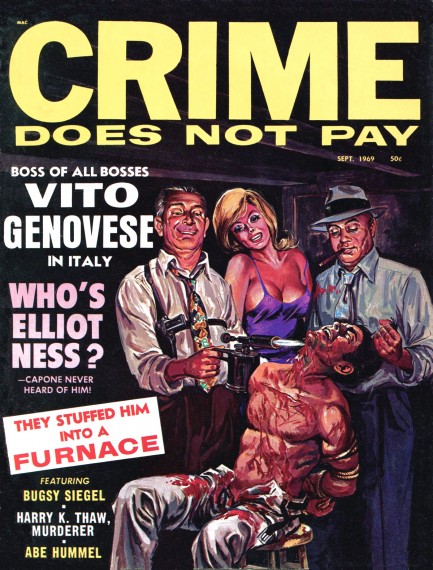
Today we have another copy of Myron Fass’s true crime magazine Crime Does Not Pay, with one of its infamous torture covers. We thought the last one was bad, but this time the uncredited artist opts to depict the dreaded blowtorch treatment. This issue is from September 1969, and inside you get stories on Vito Genovese, Elliot Ness, Bugsy Siegel, Abe Hummel, Charles Ponzi, and various other crooks, cops, feds, crooked cops, and crooked feds. Twenty-one scans below, and you can see more gory goodness from Crime Does Not Pay here.
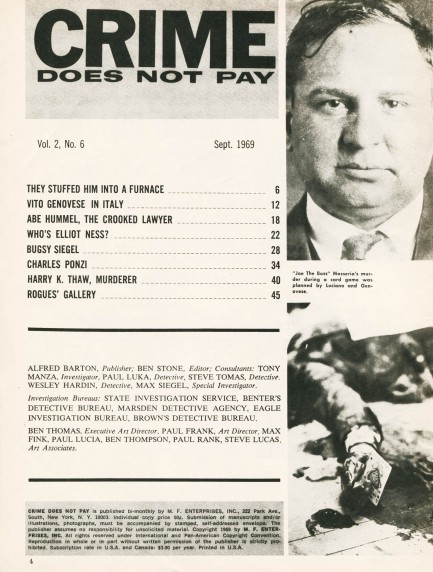
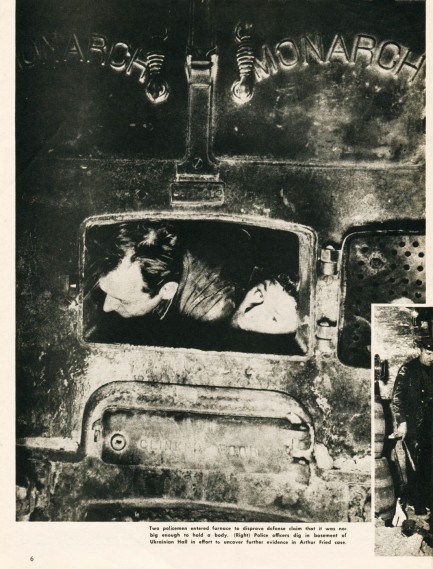
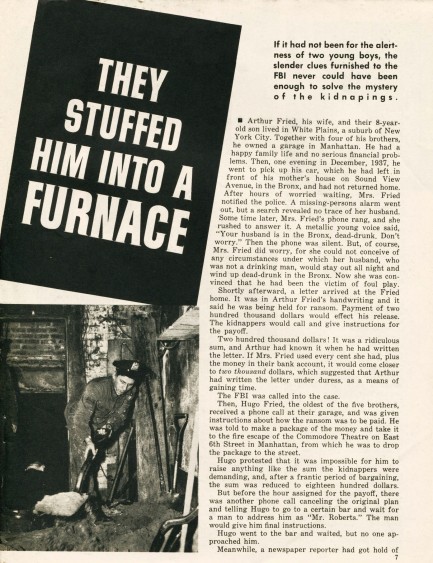
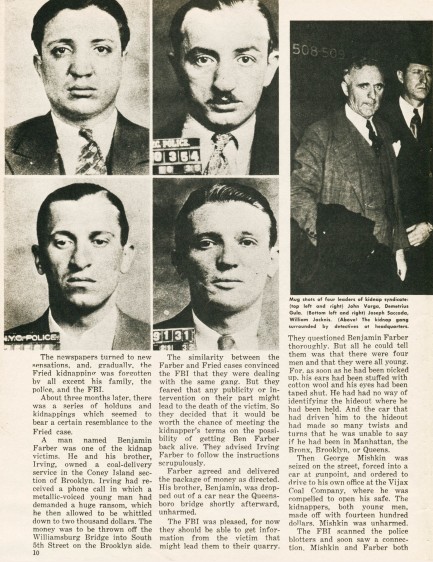
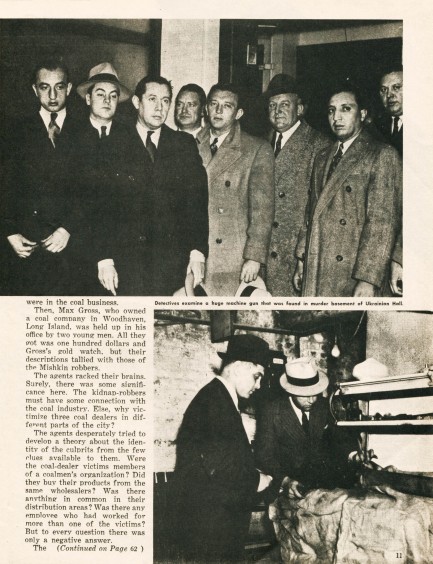
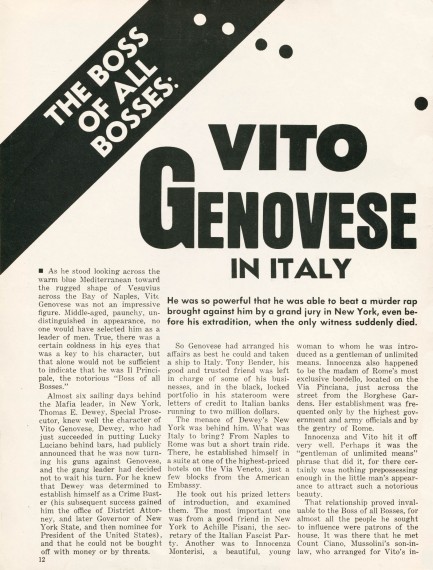
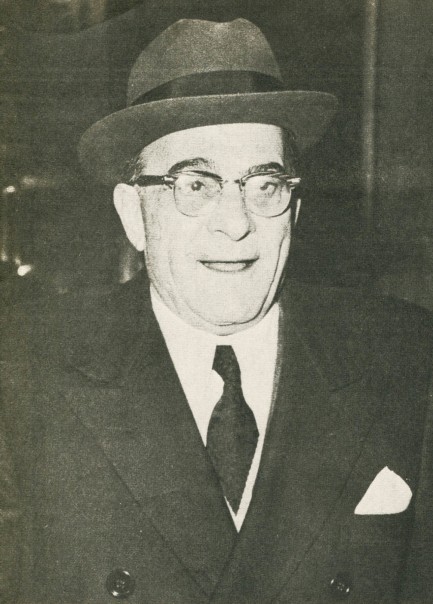
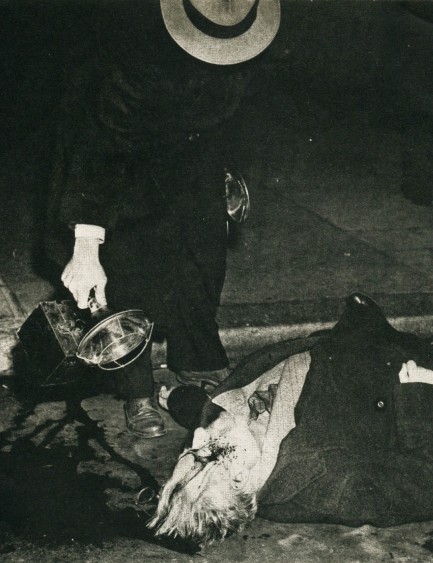
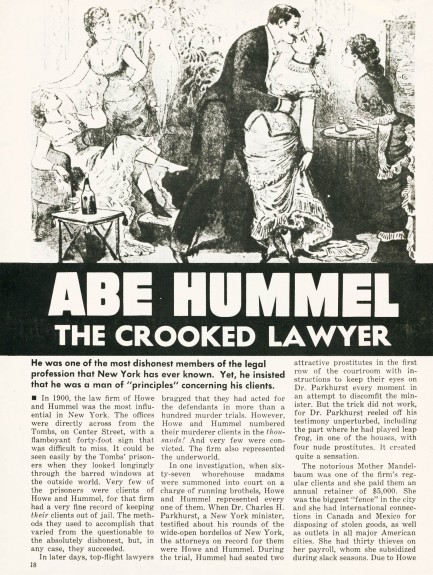
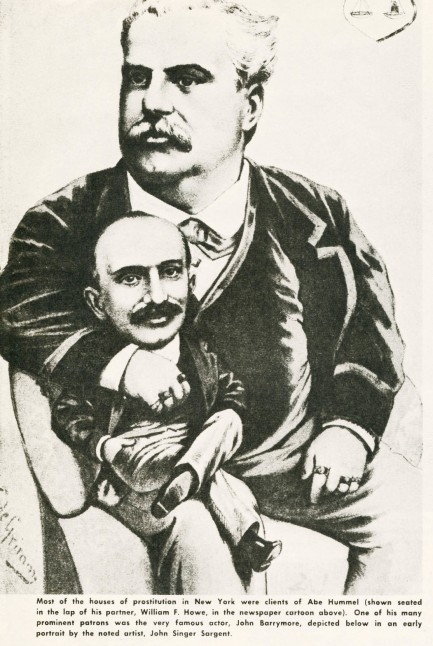
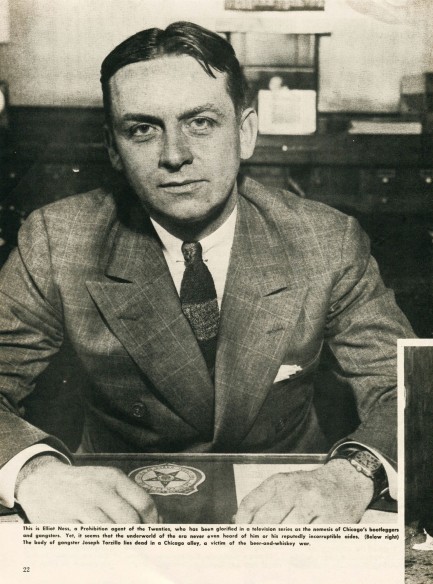
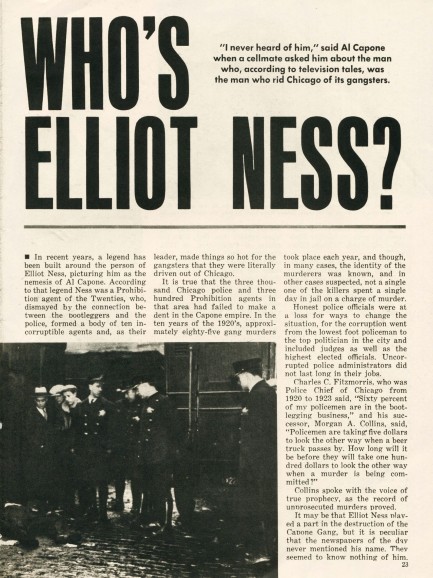
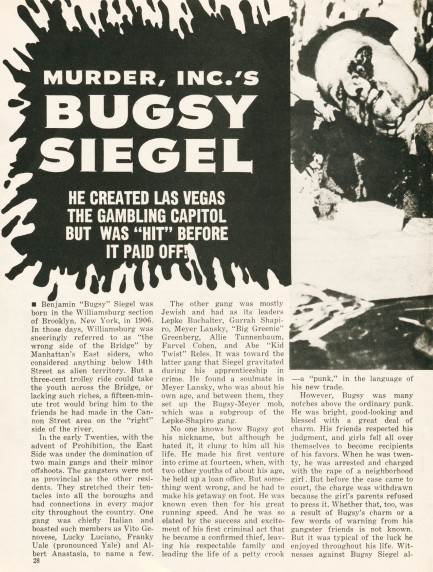
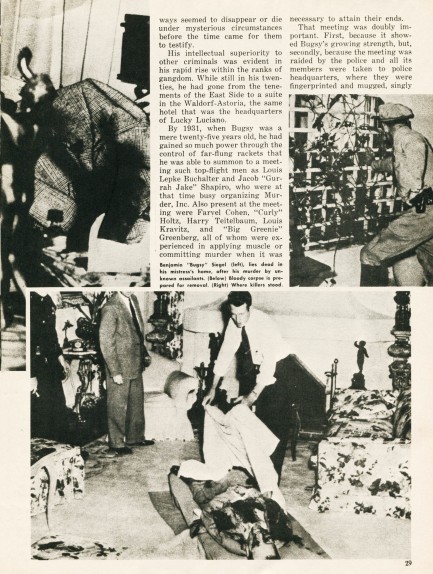
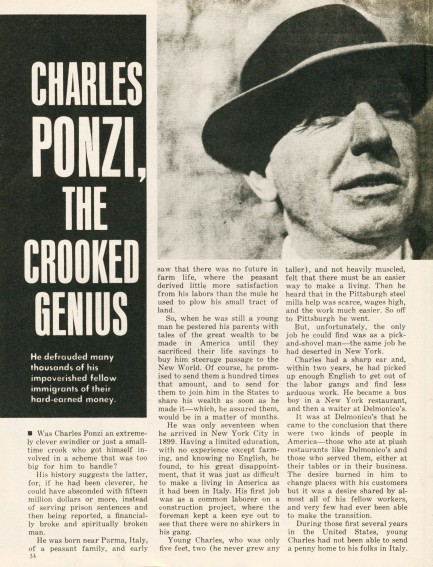
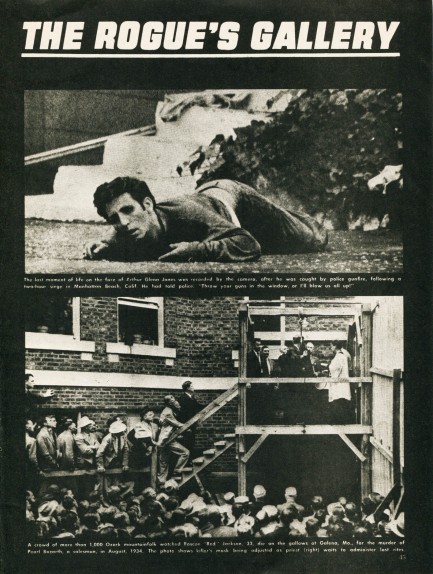
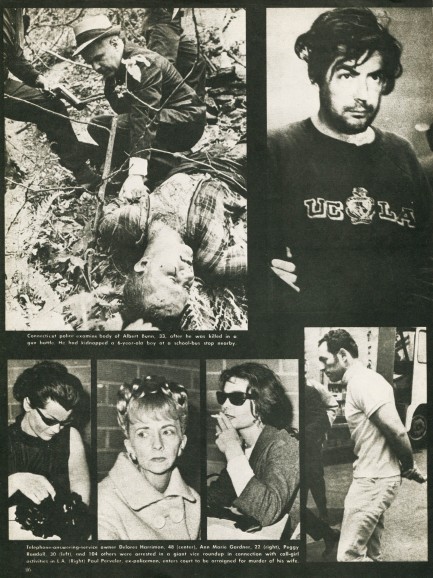
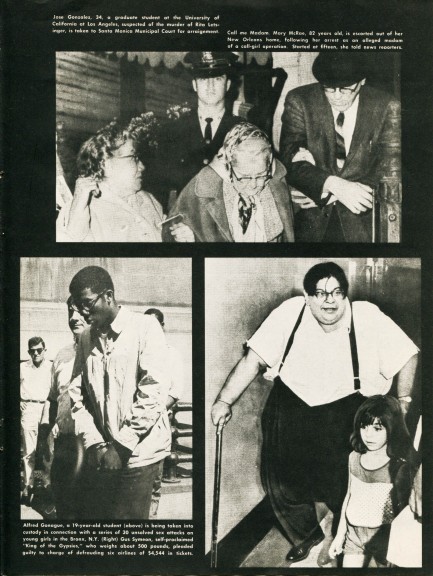
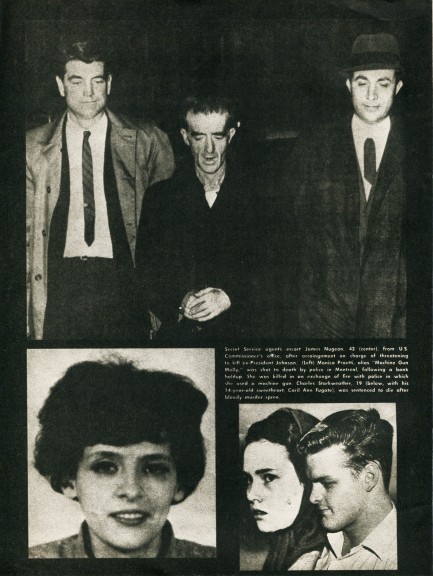
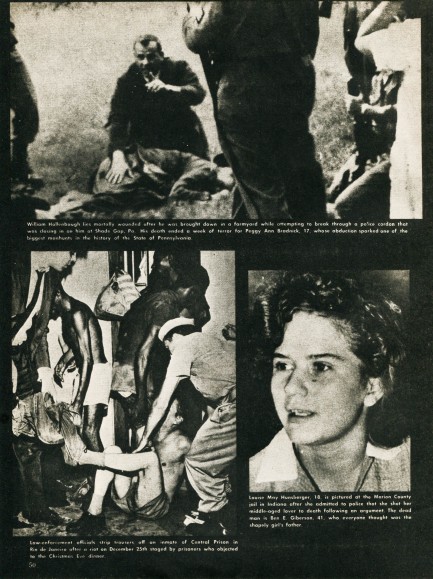
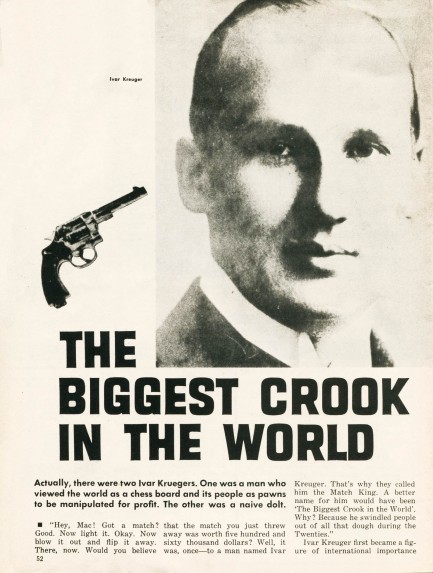
| Vintage Pulp | Dec 11 2011 |

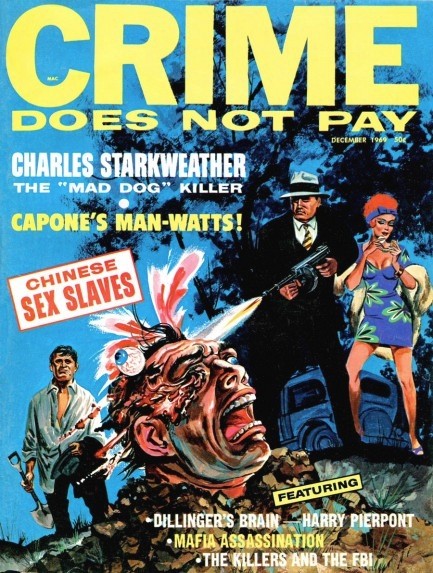
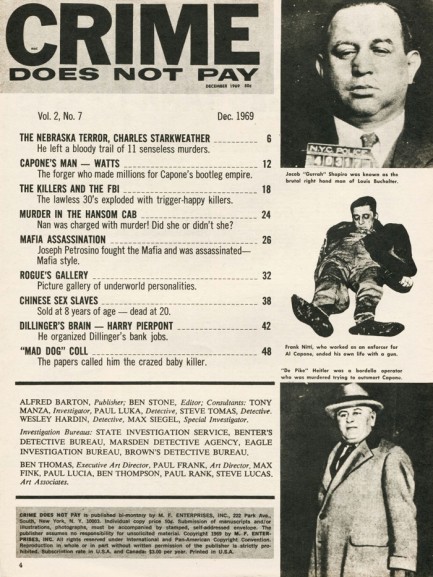
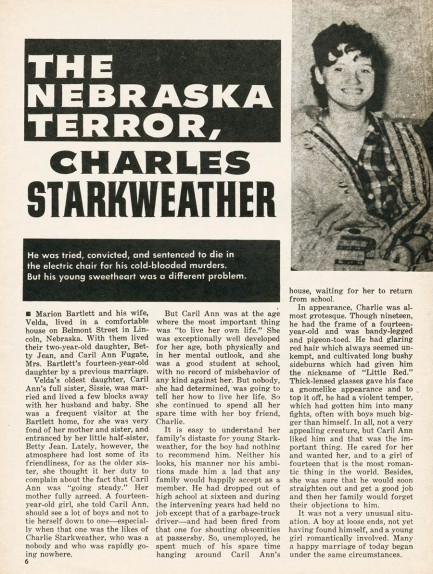
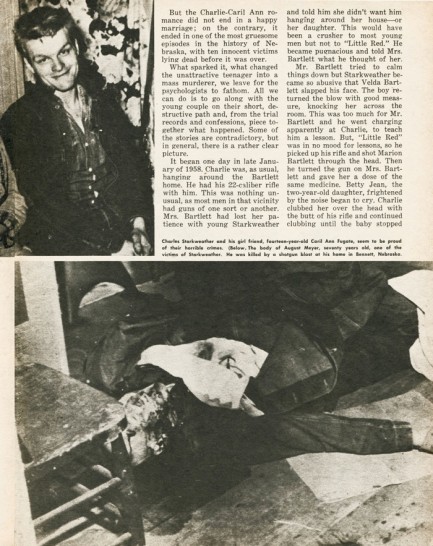
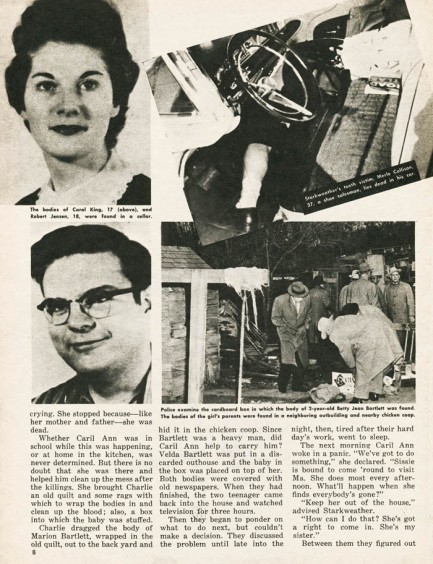
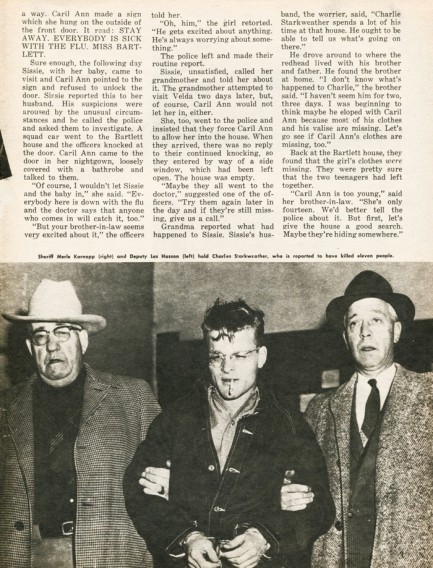
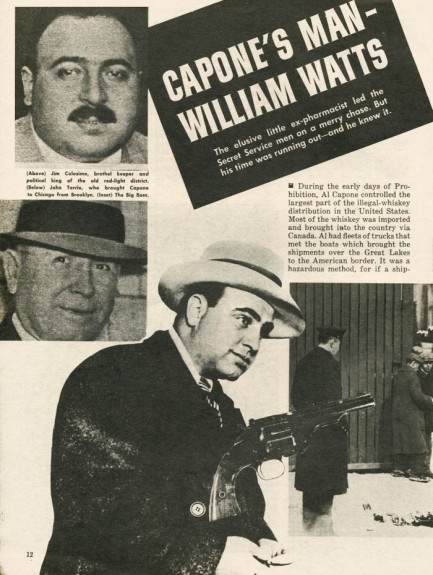
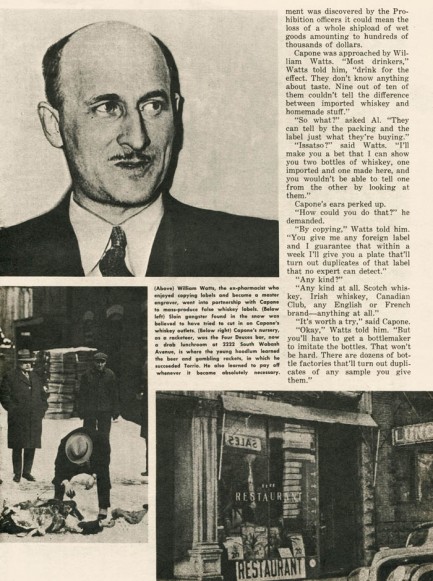
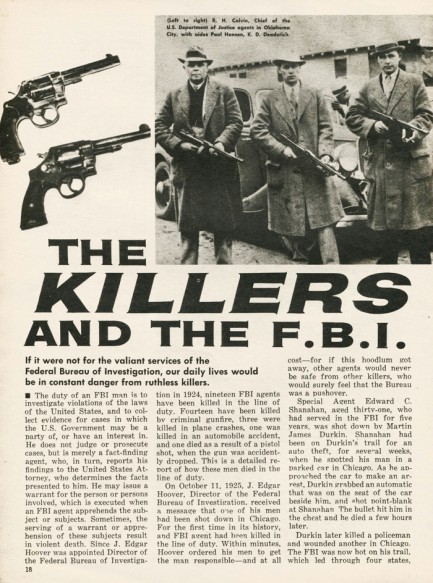
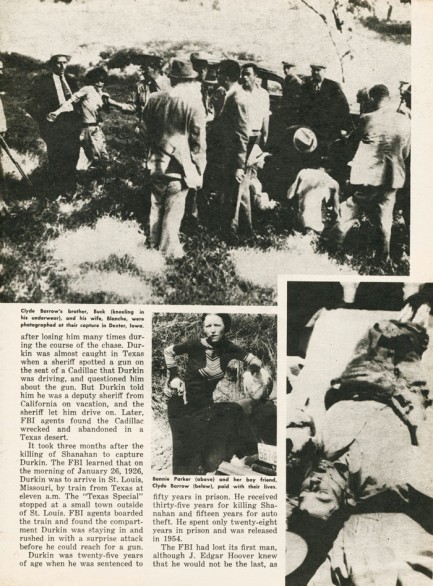
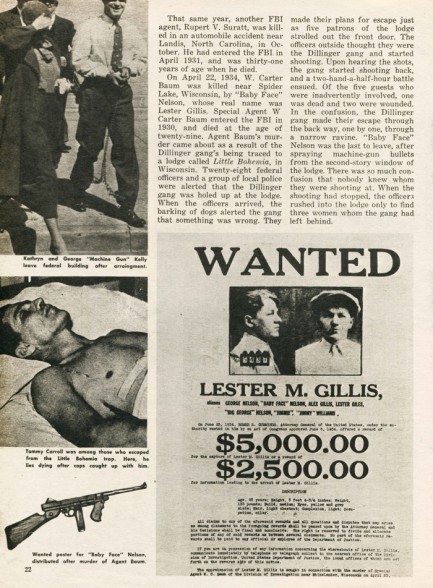
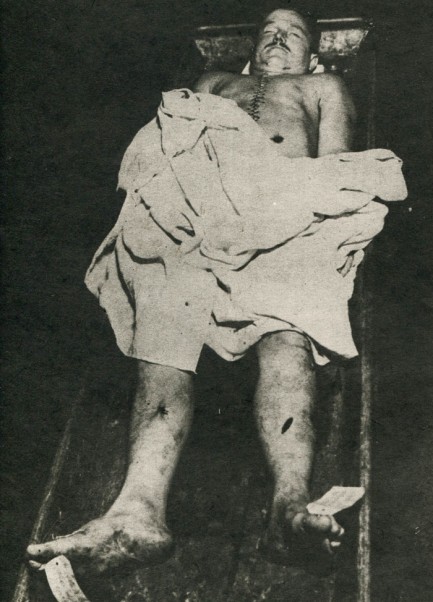
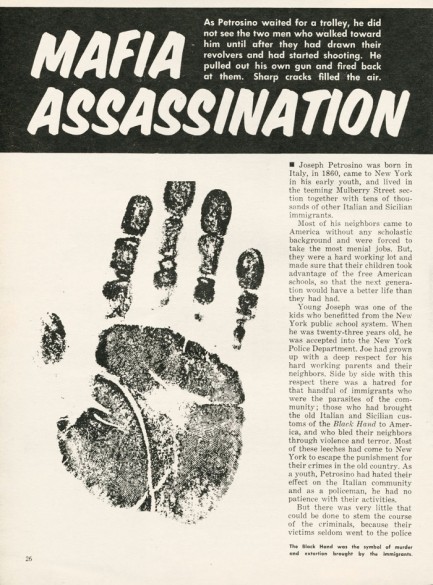
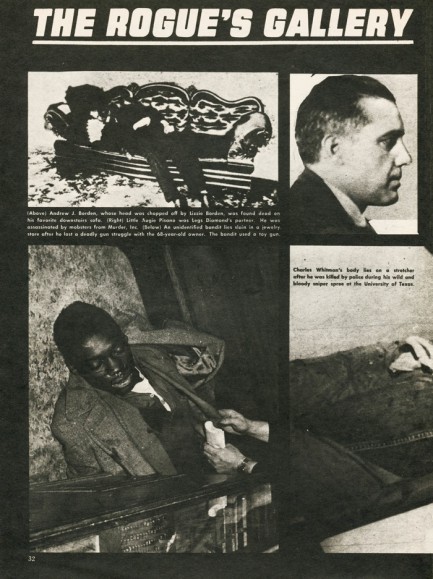
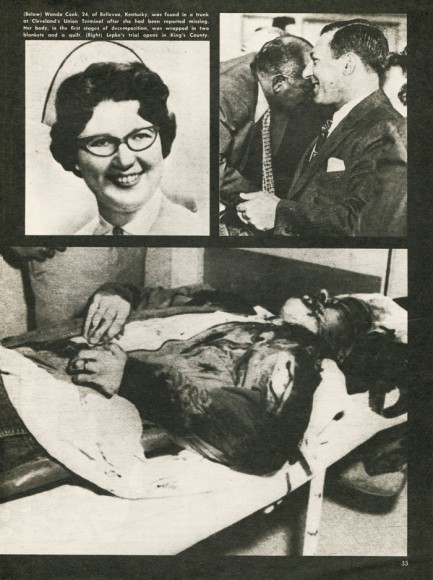
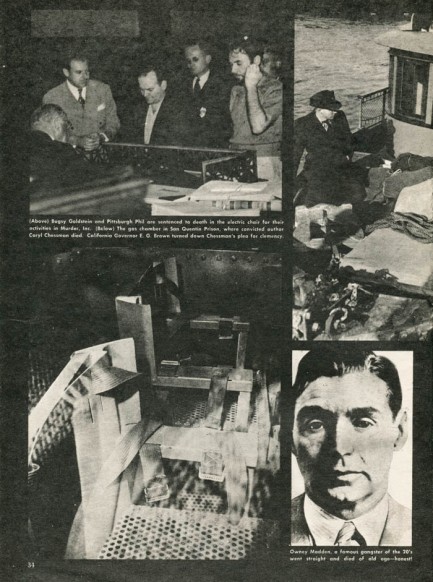
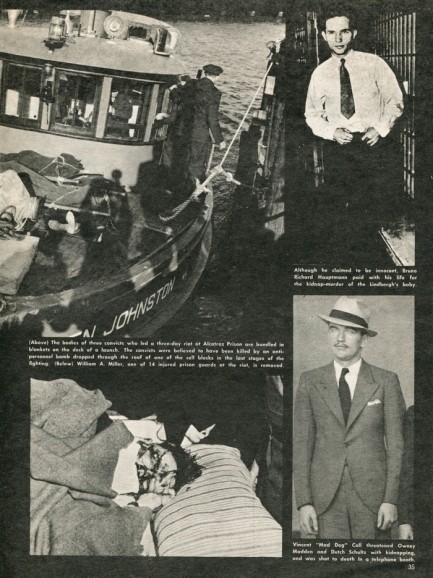
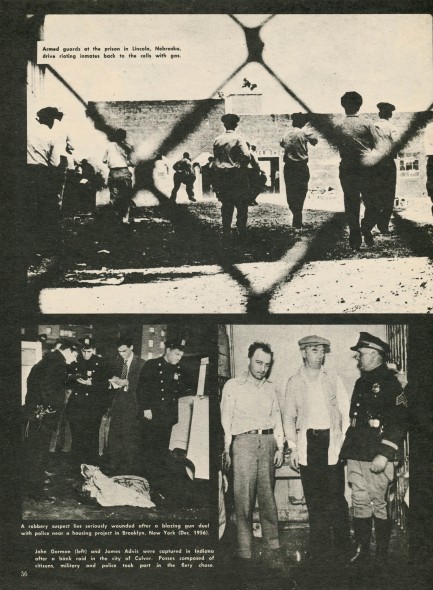
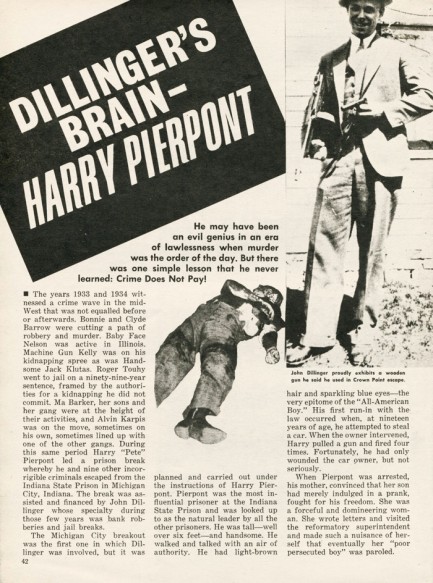
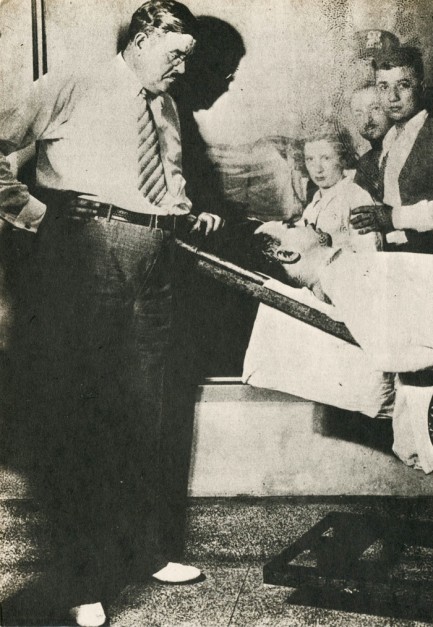
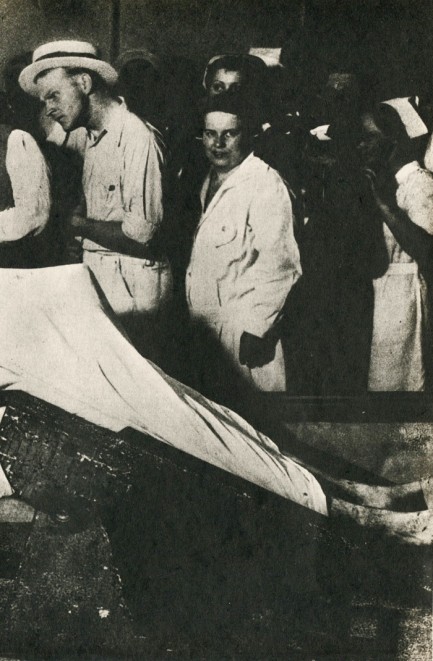
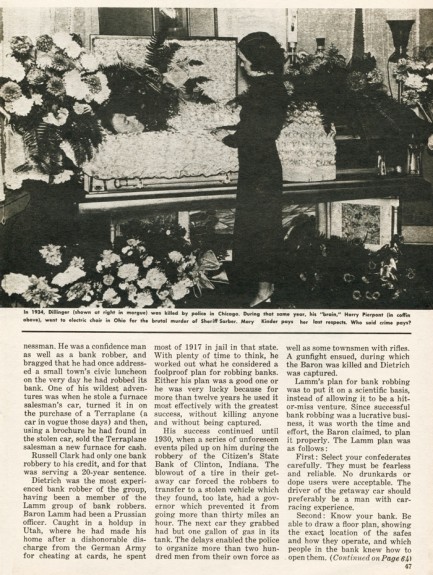
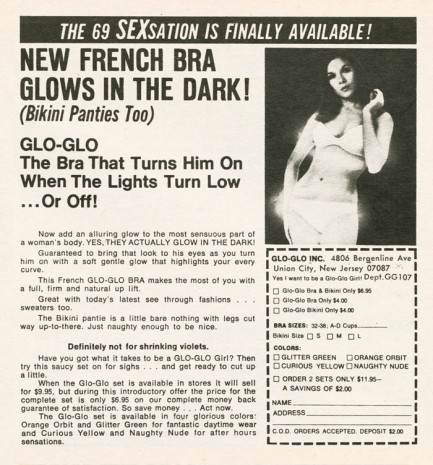
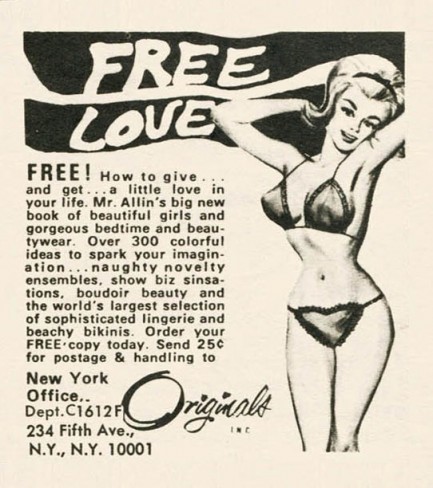
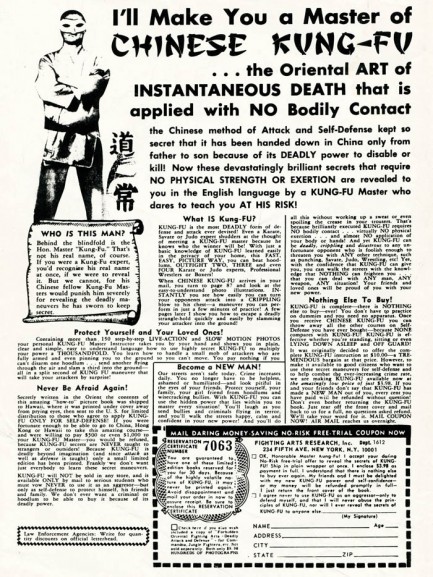
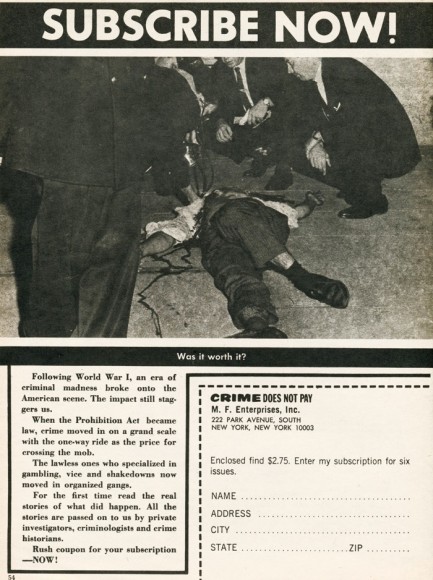
| Vintage Pulp | Aug 29 2011 |

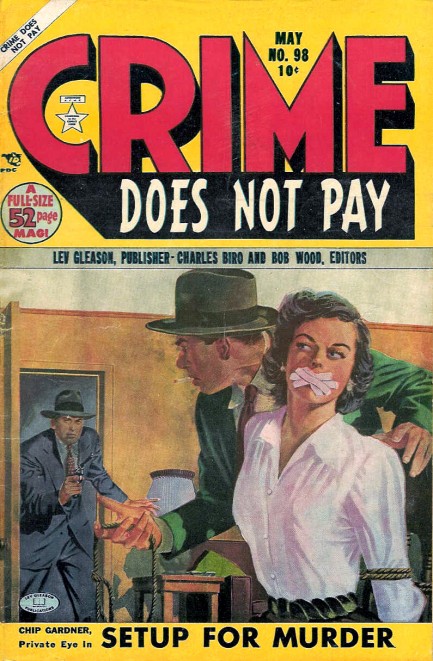
Above is a cover of Leverett Gleason’s Crime Does Not Pay, a classic comic book—unaffiliated with Myron Fass’s publication of the same name—that launched in 1942. The comic was nominally aimed at adults, however kids bought it in droves, and parental fears about youngsters reading the violent publication helped bring about the formation in 1954 of the Comics Code Authority. Under the baleful eye of CCA censors, Crime Does Not Pay lost its edge, quickly followed by its popularity, leading to its shuttering in 1955. However it remains highly collectible today, with asking prices ranging from $30.00 to $200.00. The cover art is by Bob Fujitani, who illustrated countless comics during a career that began in the early 1940s. The example above and those below are all circa 1950 and 1951.
